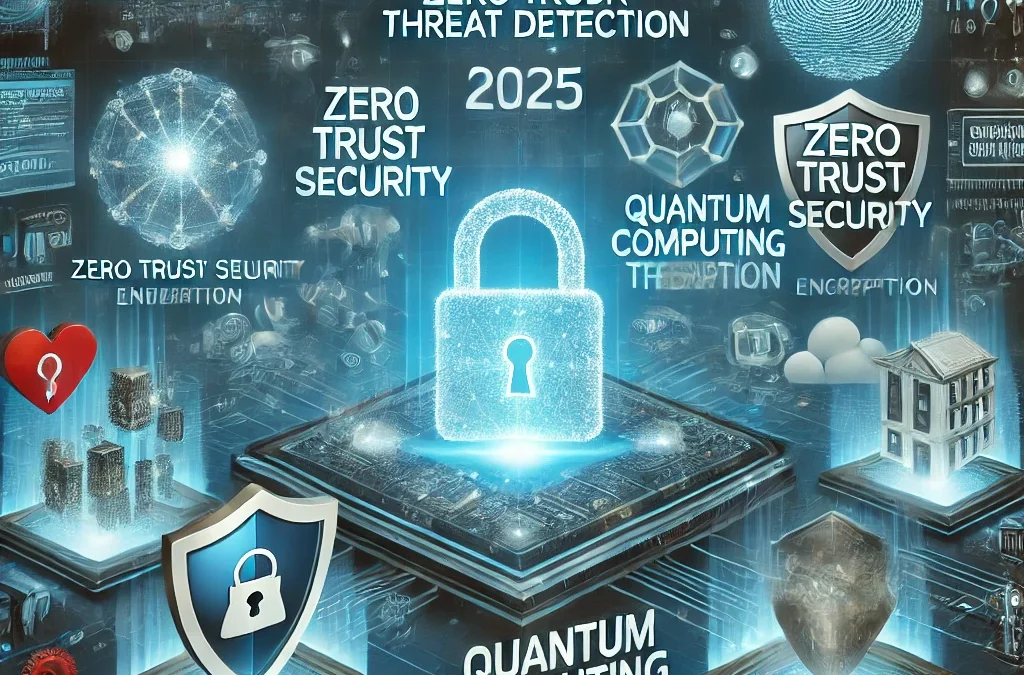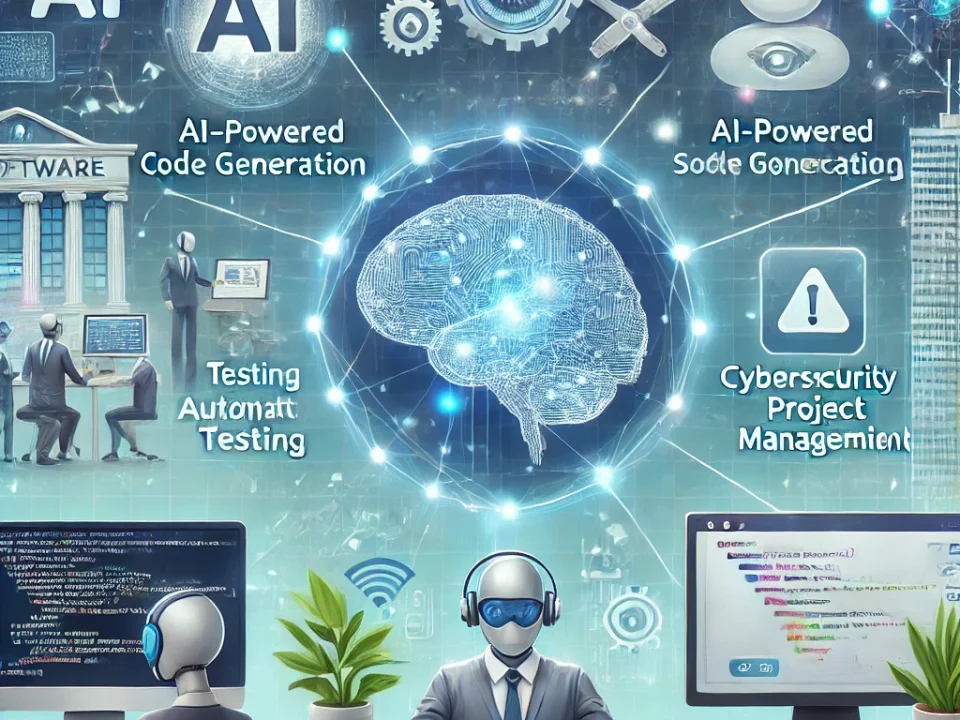
Cloud Computing: Public vs. Private vs. Hybrid – Which One is Right for Your Business?
March 27, 2025
The Future of AI in Software Development
March 27, 2025As technology evolves, so do cyber threats. Businesses and individuals must stay ahead of emerging cybersecurity trends to protect sensitive data and digital assets. Here are the top cybersecurity trends to watch in 2025.
1. AI-Powered Cyber Threats and Defenses
Artificial Intelligence (AI) is being leveraged by both security teams and cybercriminals. Attackers use AI for more sophisticated phishing attacks and automated hacking, while defenders utilize AI-driven security analytics and threat detection.
Best Practice: Invest in AI-powered security tools that detect anomalies and respond in real-time.
2. Zero Trust Architecture Becomes the Standard
With the rise in remote work and cloud computing, traditional perimeter-based security models are no longer sufficient. Zero Trust assumes no entity—inside or outside the network—can be trusted by default.
Best Practice: Implement multi-factor authentication (MFA), identity verification, and least-privilege access controls.
3. Rise of Quantum Computing and Its Security Implications
Quantum computing threatens traditional encryption methods by making current cryptographic algorithms obsolete. Organizations will need to prepare for post-quantum cryptography.
Best Practice: Stay updated on NIST’s post-quantum cryptography standards and begin transitioning to quantum-resistant algorithms.
4. Increased Focus on Supply Chain Security
Cybercriminals increasingly target software supply chains to compromise widely used applications and infrastructure.
Best Practice: Conduct regular security assessments of third-party vendors and enforce strict supply chain security policies.
5. Growth of Ransomware-as-a-Service (RaaS)
Ransomware attacks continue to rise, with cybercriminals offering ransomware tools to less-skilled attackers through Ransomware-as-a-Service (RaaS) platforms.
Best Practice: Maintain offline backups, educate employees on phishing threats, and implement endpoint detection and response (EDR) solutions.
6. Regulatory Compliance and Data Privacy Laws Tighten
Governments worldwide are enforcing stricter data privacy laws, requiring businesses to enhance their security and compliance measures.
Best Practice: Stay informed about evolving data protection laws like GDPR, CCPA, and upcoming cybersecurity regulations in your region.
Final Thoughts
Cybersecurity in 2025 will be shaped by AI threats, Zero Trust adoption, quantum computing risks, and evolving regulations. Businesses must take a proactive approach to security, invest in cutting-edge technologies, and ensure compliance with industry standards to stay ahead of emerging threats.




